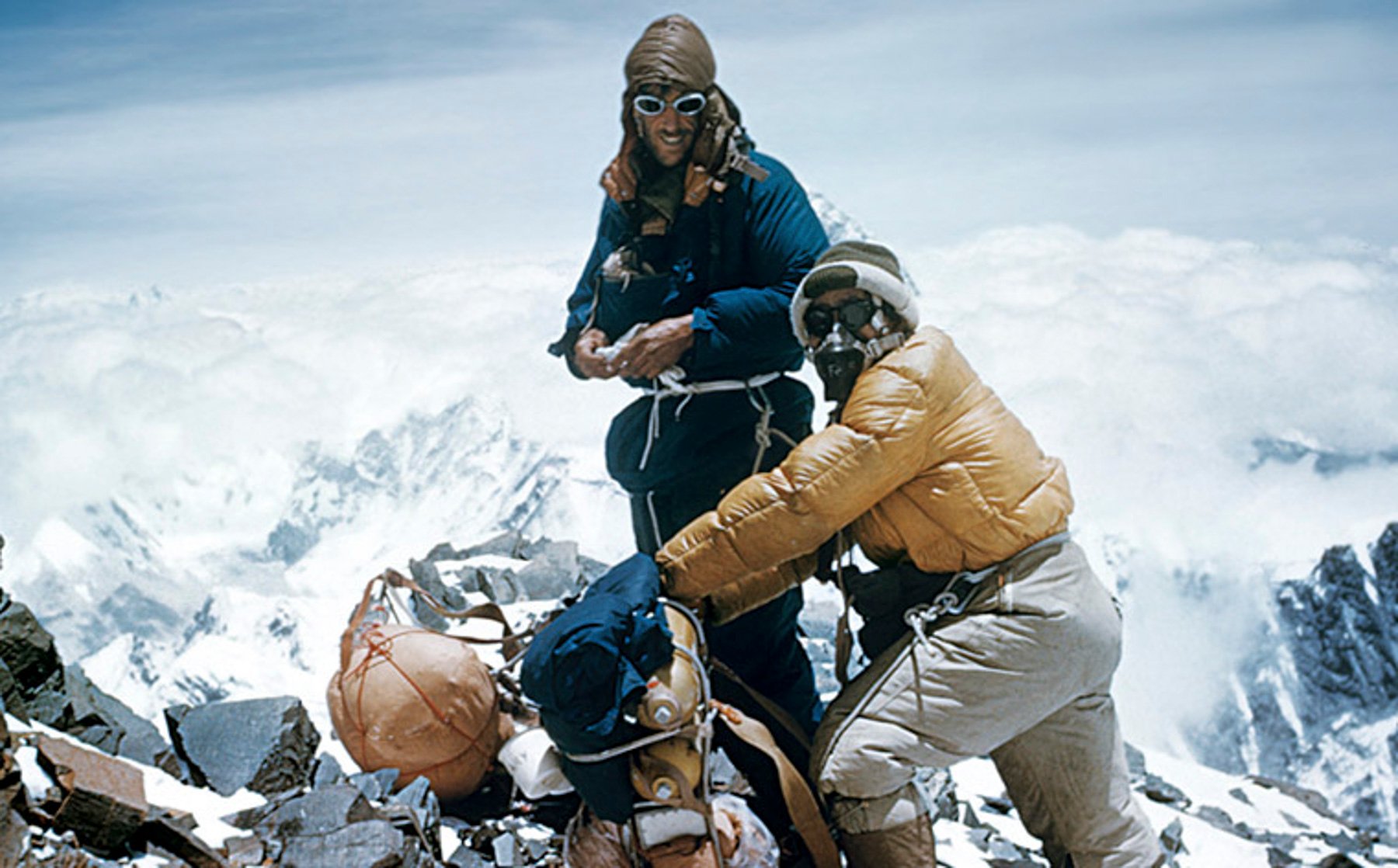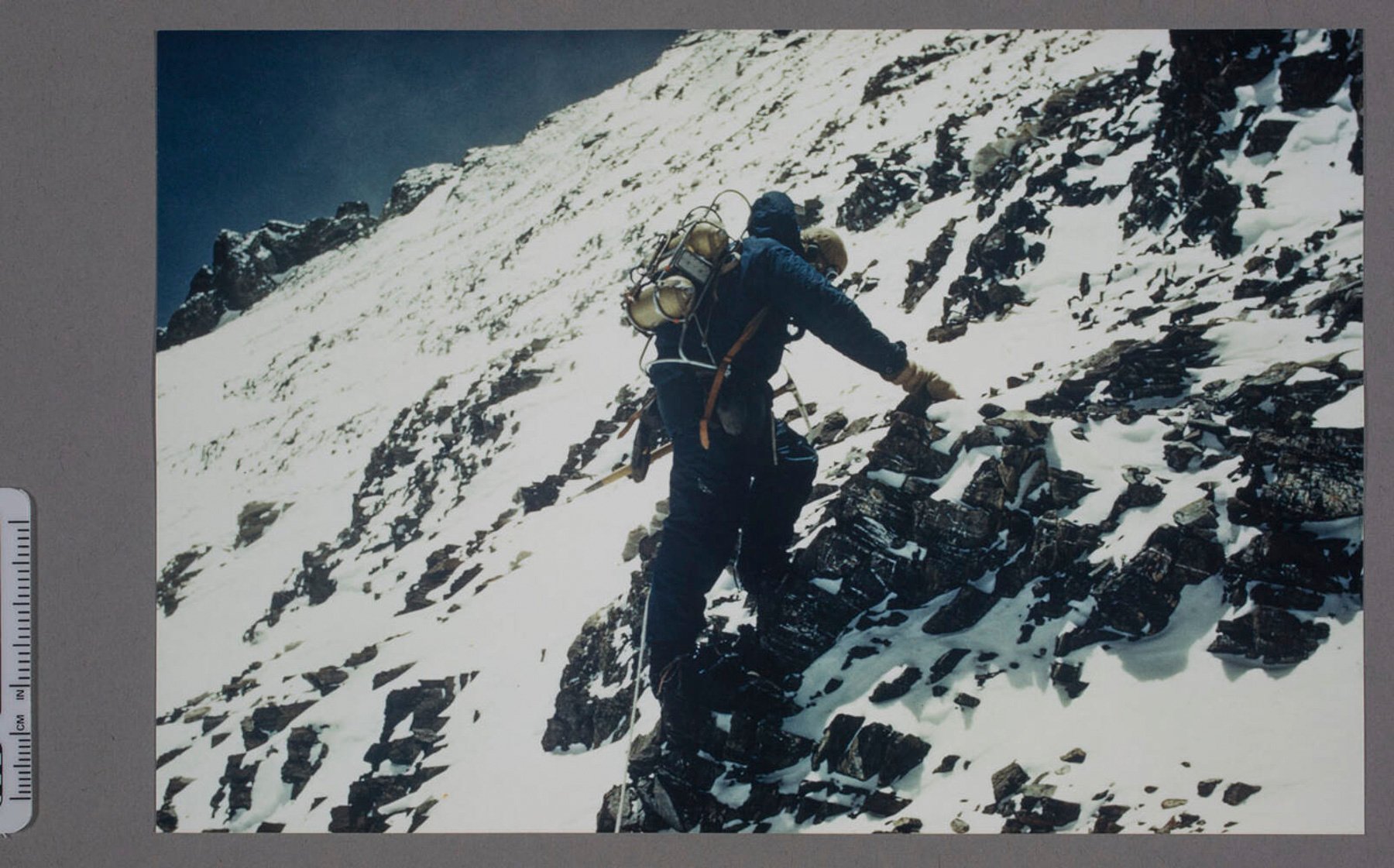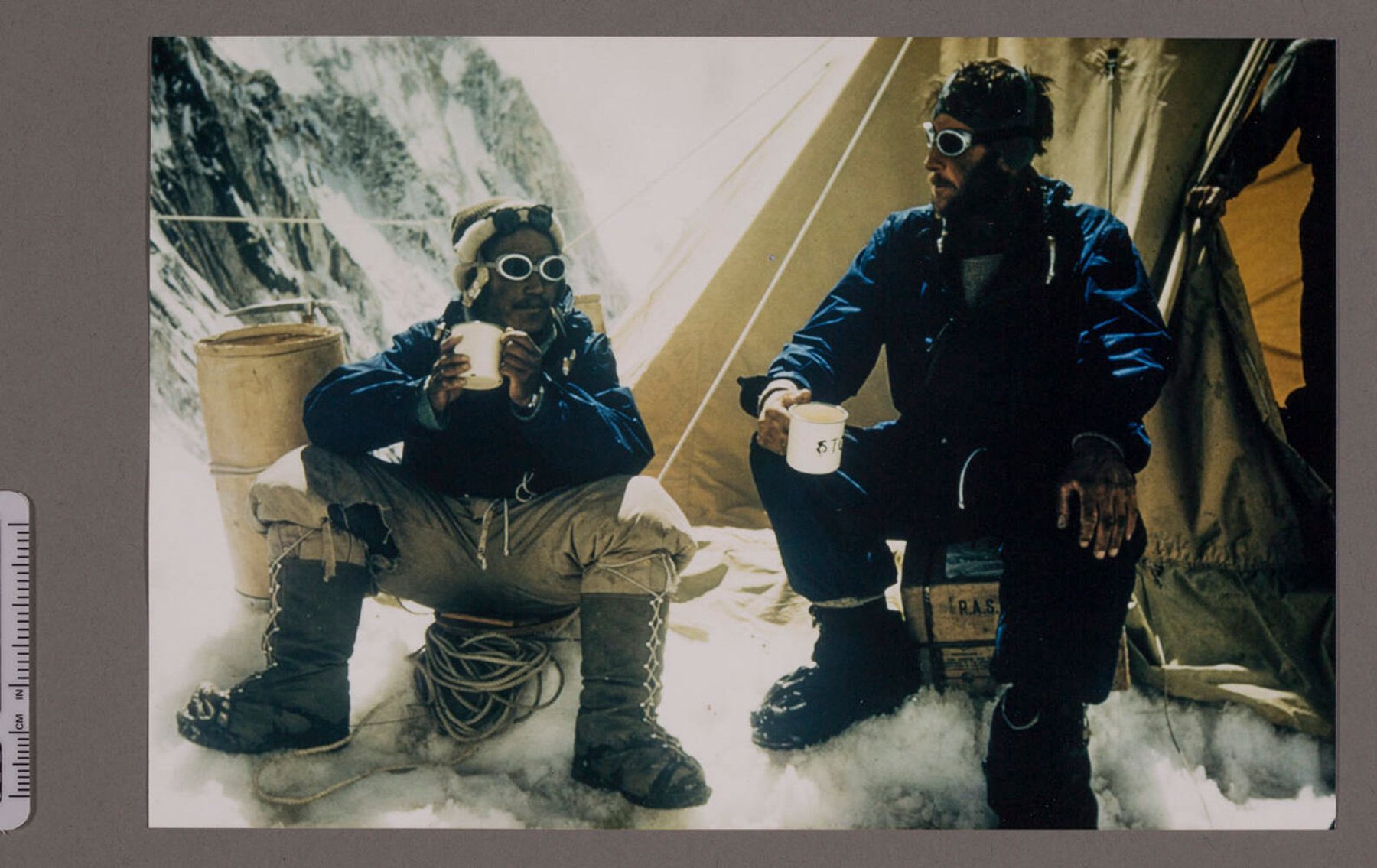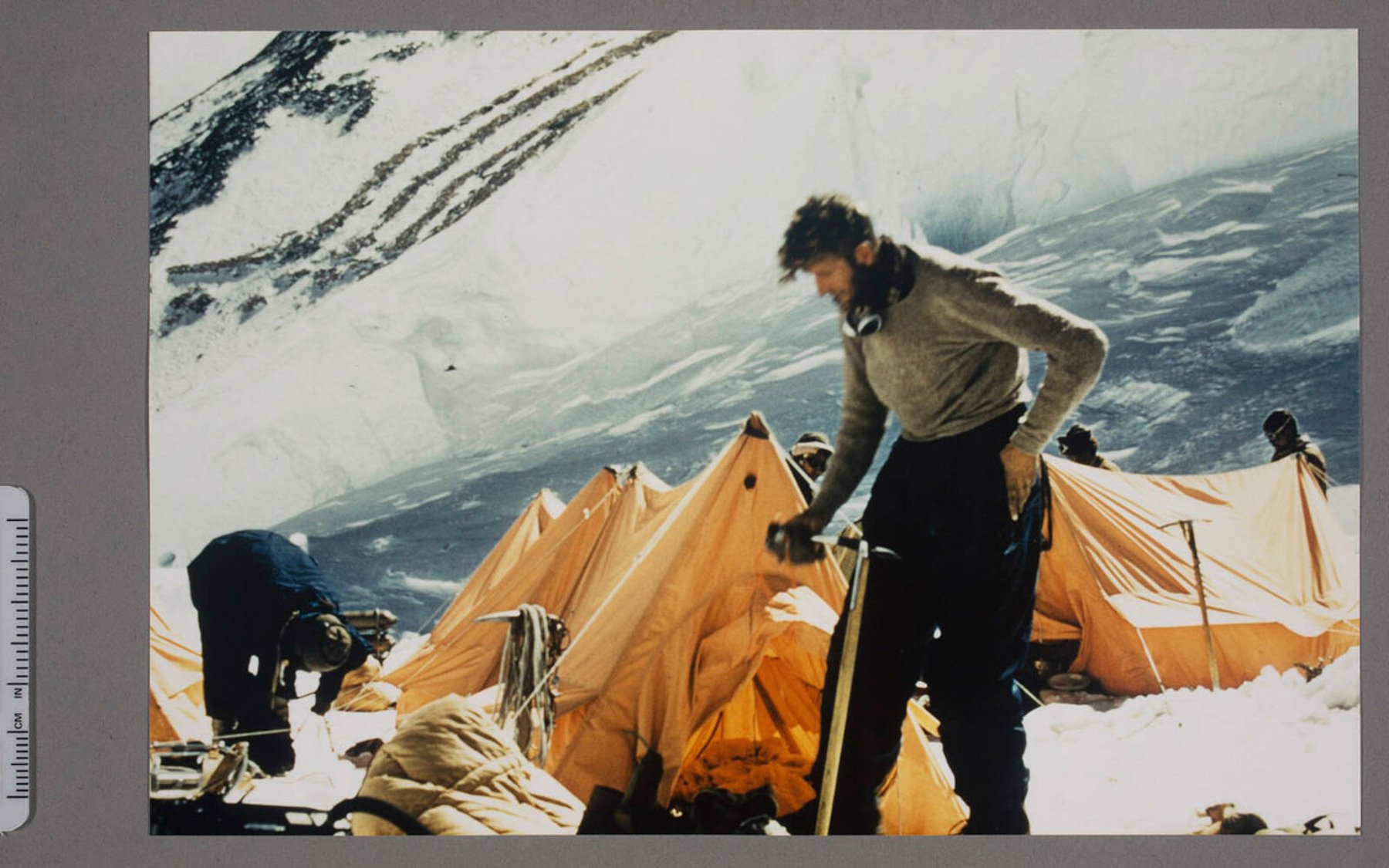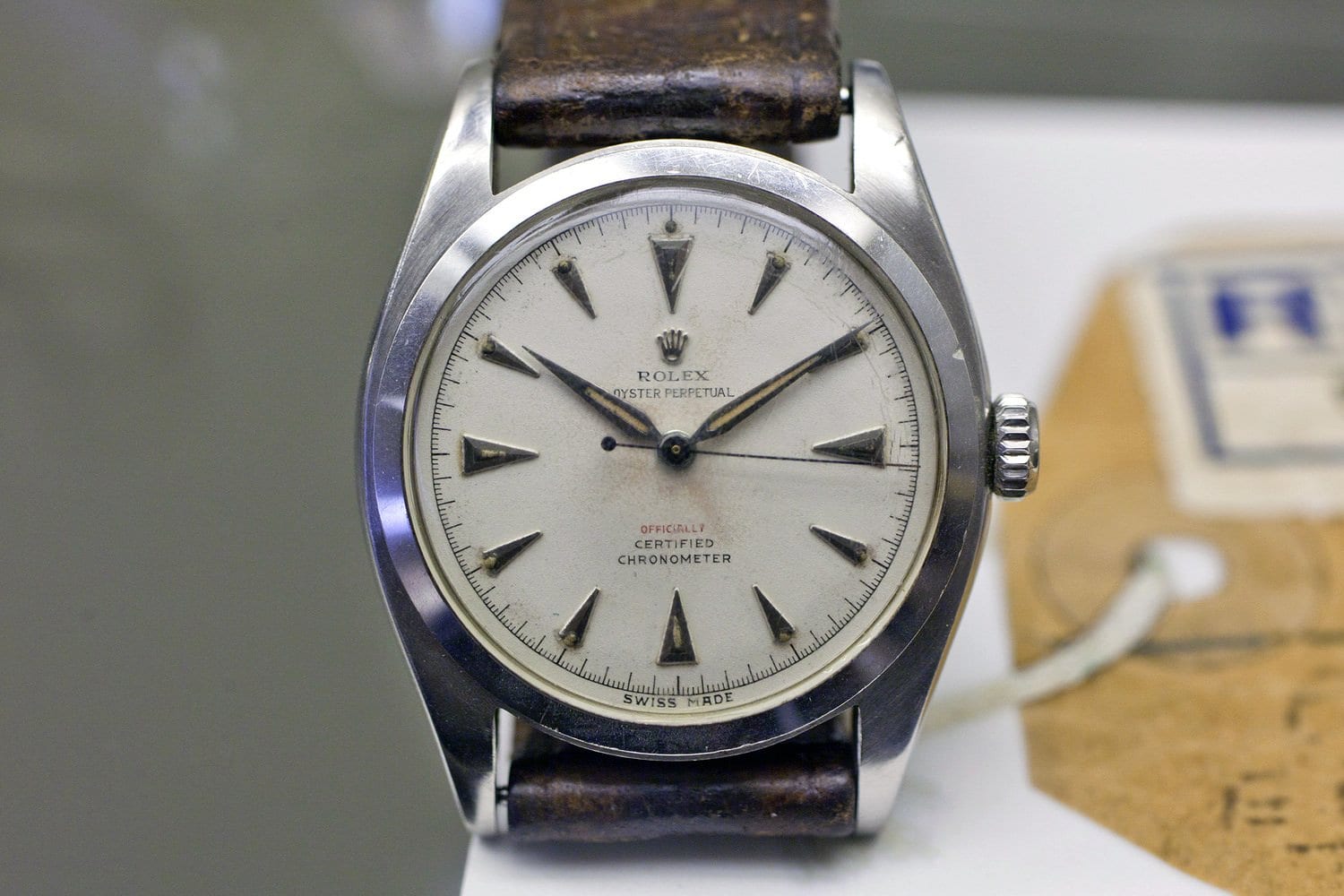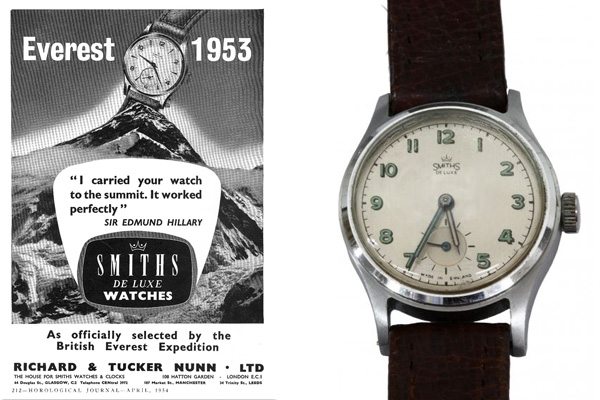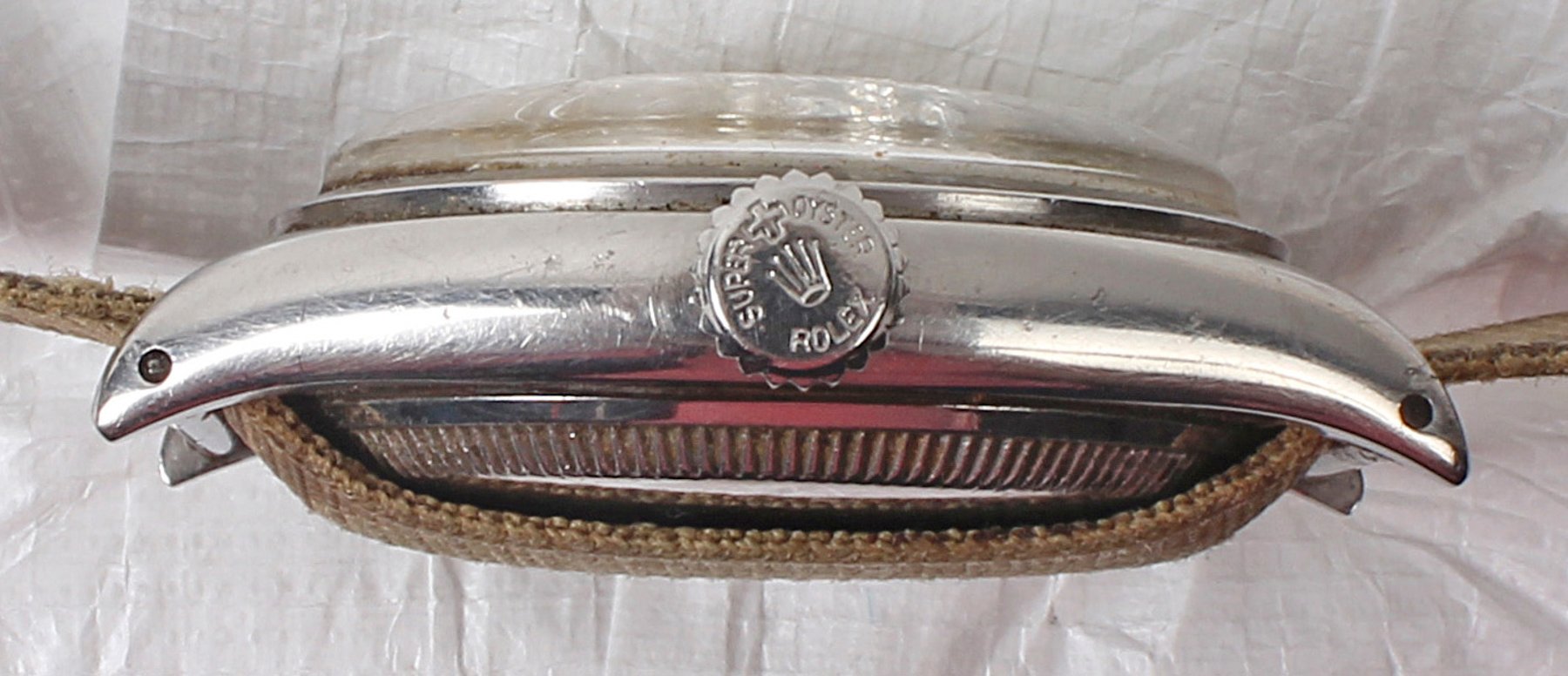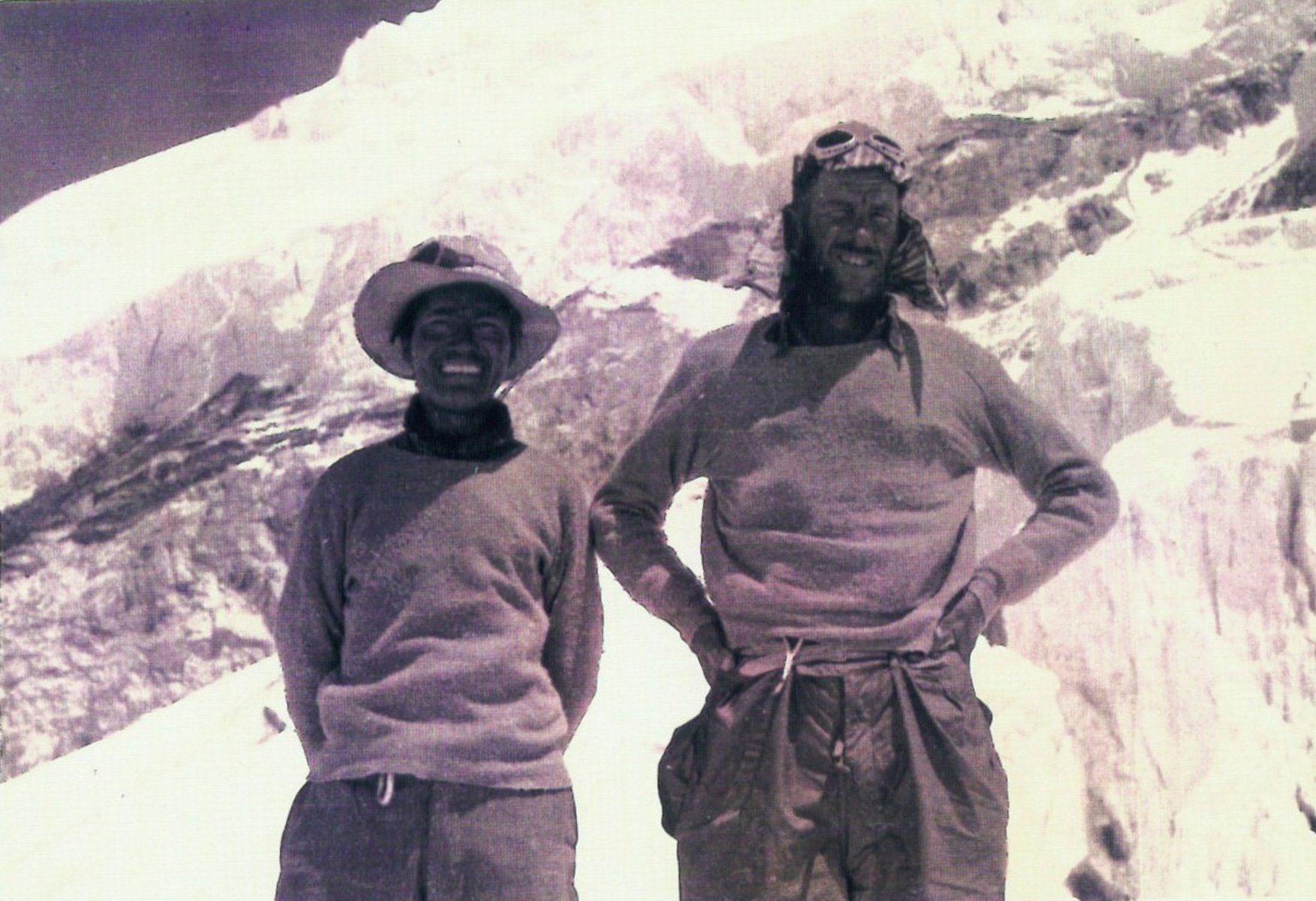Looking At The Rolex Gifted To Sir Edmund Hillary After His Everest Ascent
The ascent of Mt. Everest by Tenzing Norgay and Sir Edmund Hillary in 1953 is etched into Rolex folklore. British watch company Smiths was the official supplier of 15 watches to the British expedition involved in the 1953 ascent. It is highly likely that the Smiths watches, not Rolex Oyster Perpetuals, were worn at the summit of Mt. Everest. Regardless, Rolex was able to successfully tap into the historical moment by providing watches to the members of the expedition after the climb and making Norgay and Hillary Rolex ambassadors.
It is hard to overemphasize the pop-culture significance that the 1953 ascent of Mt. Everest had. The news of the ascent by a British team led by Sir John Hunt reached London in time for it to be announced at the coronation of Queen Elizabeth II.
This was, in itself, a significant cultural event for the English-speaking world. By modern standards, the 1953 British expedition was large; in fact, National Geographic calls it “massive in the extreme.” This is no exaggeration. There were 350 porters, 20 sherpas, and tons of supplies to support 10 climbers.
A massive expedition
“Our climbers were all chosen as potential summiters,” recalls George Band, 73, who was one of the party, in an interview with the magazine years later. “The basic plan was for two summit attempts, each by a pair of climbers, with a possible third assault if necessary. On such expeditions, the leader tends to designate the summit pairs quite late during the expedition, when he sees how everybody is performing,” he said.
Among the supplies they took were wristwatches. Smiths had supplied De Luxe timepieces, which were time-only watches with small seconds. They proved to be up to the task, as did the Smiths-supplied oxygen gauges.
The stakes were high for the 1953 team. The ascent of Mt. Everest seemed more likely each year, as rival nations and teams attempted it. In 1921, it was first attempted by a British team. Over the next 32 years, the mountain managed to stymie more than 10 major expeditions and two solo attempts.
Notably, in 1924, George Mallory and Andrew Irvine died in their attempt to reach the summit. To this day, it’s not known whether they managed to reach the peak before perishing on the way back. In 1950, a southern approach to the mountain was discovered. This discovery made the prospect of reaching the summit all the more likely.
Previous expeditions to Everest
A Swiss expedition in 1952 looked to be a likely bet to reach the summit. A member of that team, Raymond Lambert, as well as the Sherpa Tenzing Norgay, managed to reach 28,210 feet before having to turn back. Thus, the British had their chance at bagging the world’s highest peak.
Hillary was one of the strongest contenders for a chance at the summit within the team. He’d already been on three Himalayan expeditions and had developed a lot of experience in the glaciers and peaks of his home country of New Zealand.
The expedition team took 12 days to retrace the same route the Swiss team had taken a year earlier. They managed to reach the South Col on May 21st, which put them too close for comfort to the heavy snows associated with monsoon season.
Despite this, Hillary and Tenzing would go on (as we know) to make a successful attempt to reach the summit. Hillary’s first words to fellow expedition member George Lowe on his return from the summit were, “Well, George, we knocked the bastard off.”
Watches in the Himalayas
Watchmaker Rolex had been sponsoring expeditions in the Himalayas since the 1930s. By the 1950s, the company was providing Oyster Perpetual tool watches to mountaineers at no cost. The thinking behind this was that it was an opportunity to test the Oyster cases and self-winding movements in difficult conditions, as well as a potential marketing opportunity.
As has been noted, Norgay had been part of a 1952 Swiss expedition that had come within 300 meters of the summit. Rolex, as one of the expedition’s sponsors, provided Norgay with a gold Datejust. For the 1953 British expedition, Rolex provided more Oyster Perpetuals, including the one photographed above, which was Sir Edmund Hillary’s on that expedition. Smiths also provided watches, and it’s likely that the De Luxe watch you see above was worn by Hillary on the summit of Everest.
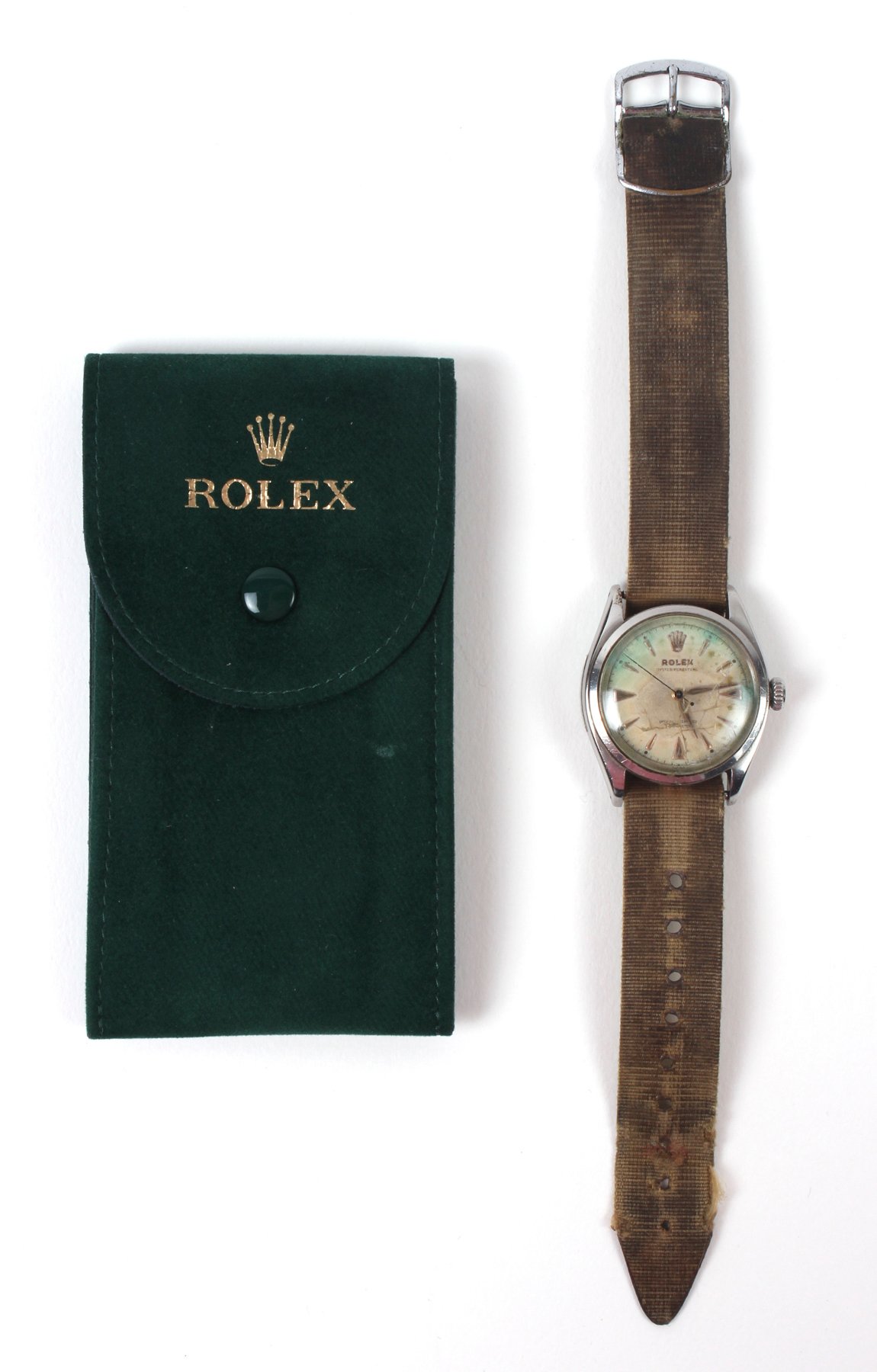
The Rolex Oyster Perpetual presented to Sir Edmund Hillary in 1953 by Rolex retailer Bosecks of Calcutta, India, after his descent from Everest — Image: Auckland Museum
The “other” Rolex and the ascent of Mt. Everest
It’s possible that a Rolex was in Hillary’s possession at the summit, but he did not wear it. Today, Rolex is careful with its language regarding the brand’s relationship to the ascent of Everest. Either way, the folks at Rolex knew they had a marketing coup on their hands. They decided to make the most they could out of the presence of their watches on the expedition.
When the British team returned to India after the expedition, Rolex gifted the members more watches. According to the Auckland Museum, the Rolex retailer Bosecks of Calcutta, India, presented the watch to Sir Edmund Hillary in 1953 after his descent from Everest. It’s a Rolex Oyster Perpetual.
The beautiful cream dial shows clear signs of water ingress over the years, and the single-pass fabric strap is very well worn. It’s a watch that has seen hard use, which is evident in the cracked crystal. The watch seems to have a Rolex Super Crown. This crown was only produced for three years, and it does not screw down. Instead, it relies on a tapering tube and multiple gaskets. If any readers can clarify this point, I’ll keep an eye out in the comments section! It is certainly a well-used timepiece provided to the Auckland Museum by the family of Sir Edmund Hillary.
What this watch tells us about the era
This was an era when tough watches built with elegant and simple aesthetics were at the forefront of expeditions the world over. Nivada Grenchen had supplied 35mm watches to a team of US Navy researchers as part of Operation Deep Freeze in the 1950s. Tudor, likewise, had supplied Oyster Princes to an expedition in North Greenland.
The watch tells us that it was acceptable for a 34mm timepiece to be considered a tool watch. These watches were up to working in the most difficult of conditions. I think what we should take away from this is a greater appreciation for this type of watch. It would most likely be considered a dress piece by modern standards.
Concluding thoughts
We’ve seen an emphasis on tool watches needing to be at least a certain size. In addition to this, they need certain specifications, or else, they are poo-pooed. Tudor’s release of a 37mm Black Bay with the Black Bay 54 is a sign of the times. We are slowly getting used to the idea of more classically sized tool watches. But what do you think, Fratelli? Would you ever opt for one of those smaller 34–36mm “tool” watches? Let me know in the comments.
Thanks to the Auckland Museum and the New Zealand Image Archive for their work in scanning and documenting these images.



